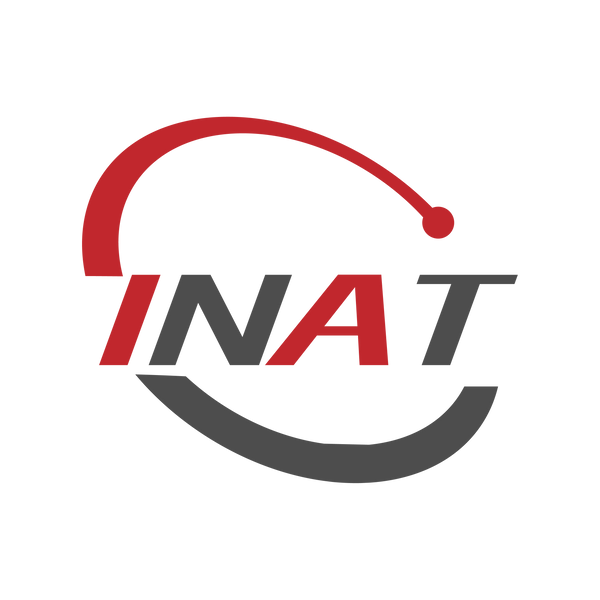
How to check and replace fuel injectors?
Share
With the development and progress of technology, many fuel injectors can meet many needs in terms of functions, such as improving vehicle power and prolonging the service life of vehicles. The design and technical application of fuel injectors are becoming more and more mature, but the fuel injectors may inevitably be damaged during usage. And how to check and replace the fuel injectors?
How to check your fuel injectors?
- When the starter drives the engine to rotate, use a long-handled screwdriver or a stethoscope to listen to whether there is a "click, click" working sound from the injector. If it is difficult to judge due to the influence of other noises, you can use the method of unplugging the injector harness plug to identify whether the injector is working while auscultating.
- If the injector does not work, connect the test light to the injector harness connector before starting the engine. If the test light flashes, it means that the fuel injector control system is working normally, and the fault lies in the fuel injector. To check the fuel injector, you can use a multimeter to measure the resistance value of its solenoid coil. If the resistance value is normal, it means that the injector is blocked (affected by carbon deposits and colloids in the fuel during combustion), the needle valve is stuck, etc. At this time, the injector should be overhauled, cleaned or replaced. If the resistance value is abnormal, the injector must be replaced.
- If the test light is off, it means that there is a problem with the control system or circuit of the injector. In this regard, first you have to check whether the circuit related to the fuel injector is intact. Only when the external circuit is intact can you judge that the computer is faulty.
What are the most common causes of fuel injectors failure?
- Excessive deposits building up on the nozzles of the injectors. This will cause restricted fuel flow and result in poor performance or complete engine failure.
- Corrosion due to water droplets in the fuel mix. This can cause blockages, leaks or other problems in the fuel system.
- Damage due to heat and vibration caused by the engine running for extended periods of time.
- Wear due to normal operation as the injectors age and become worn out over time.
- Contamination from dirt or particles entering into the system through faulty filters or seals.
- If a fuel injector has gone too long without maintenance, it can become clogged with debris or become damaged due to normal wear and tear.
How to replace a faulty fuel injector?
- Vehicle protection tools - fender cloth; (Remember, any repair and maintenance work in the engine compartment must be done with fender cloth. Prevent the tools and accessories in the hands of maintenance personnel from scratching the paint surface. )
- Quick wrench, extension rod, sleeve, towel; (For maintenance operations on relatively precise parts, clean towels must be used, lint-free.)
- Open the engine compartment cover, and lay the vehicle protective tool - protective cloth;
- Open the cover of the fuse box in the engine room, find the fuse of the oil pump and unplug it;
- Turn on the key, start the vehicle until the engine is turned off;
- Remove the accessories of the fuel distribution pipe (high pressure common rail), and remove the fixing bolts on the fuel distribution pipe;
- Remove the connecting harness plugs on the fuel injector in turn;
- Remove the fuel injector together with the fuel distribution pipe;
- Remove the fuel injector;
- Install a new fuel injector; (During the installation process, pay attention to the buckle of the fuel injector must return to its original position.)
- Install back fuel distribution pipe;
- (Note: During the replacement process of the fuel injector, after removing the fuel distribution pipe and the fuel injector, seal the opening with a clean towel in time to prevent dust from entering.)
- Insert the fuel injector circuit plug in sequence; install the fixing bolts of the fuel distribution pipe; install the accessories of the fuel distribution pipe;
- Insert back the oil pump fuse;
(After following the above steps, the fuel injector can be successfully replaced.)
INAT Auto Parts specializes in high-end auto parts for car upgrades over ten years, especially high quality fuel injectors, including 1050cc car fuel injectors, 1150cc car fuel injectors, 1450cc car fuel injectors, and so on. They are E85 available and can effectively improve automobile power. If you have any product and service needs, you can contact us online.
Find more auto parts just at inatautoparts.com.
